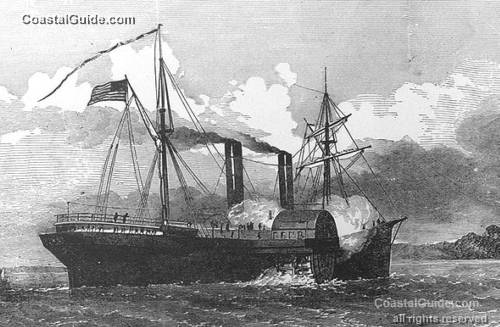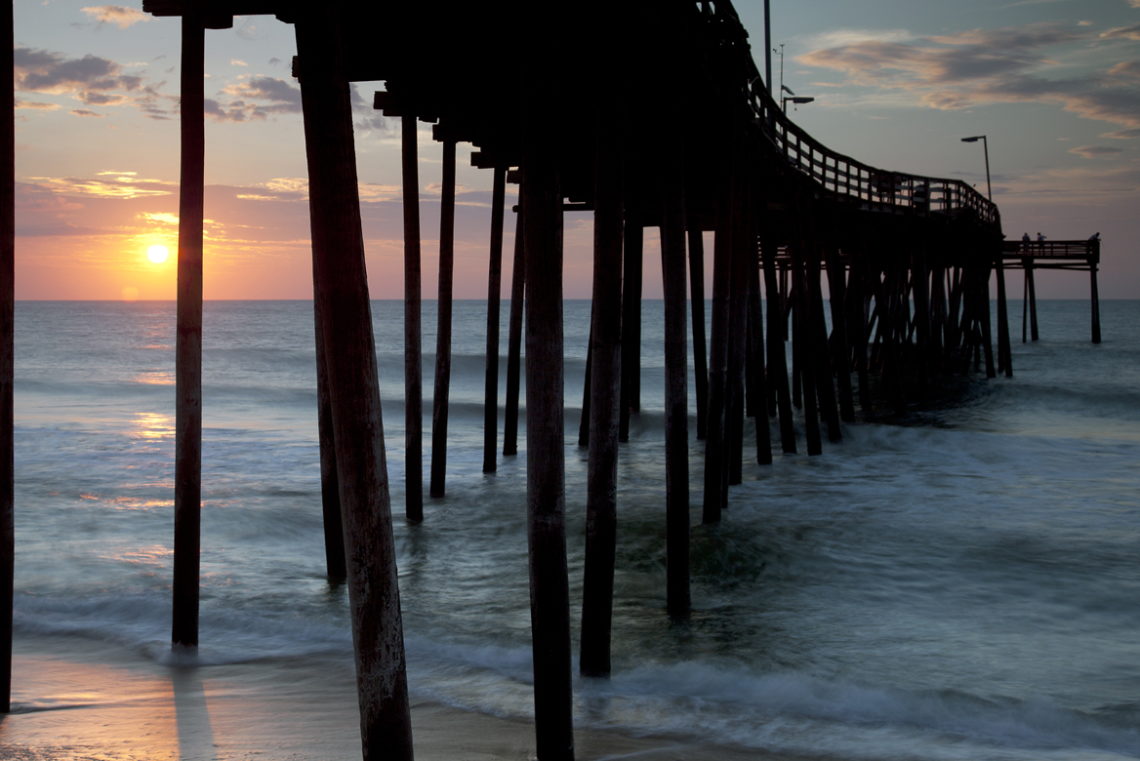
Quaker City, a 1428-ton (burden) wooden side-wheel steamship, was built at Philadelphia, Pennsylvania, in 1854. She was chartered by the Navy in April 1861, soon after the outbreak of the Civil War, and sent to enforce the Federal blockade of the mouth of Chesapeake Bay. Over the next five months, she captured or took part in the capture of ten would-be blockade runners.
In August 1861, shortly before Quaker City's charter was to expire, she was purchased for formal conversion into a warship. This work began in Septermber and she was commissioned in December 1861. She was then sent to sea to search for the Confederate cruiser Sumter and was later similarly employed when necessitated by the activities of other Confederate raiders. While she did not encounter any enemy warships on the high seas, on 31 January 1863 she was damaged in a fight with the Southern ironclads Chicora and Palmetto State off Charleston, South Carolina.
Quaker City also continued her campaign against blockade runners, participating in the capture of more than a dozen during 1862-1865. In December 1864 and January 1864, she was part of the powerful fleet that supported the capture of Fort Fisher, thus closing Wilmington, North Carolina, to enemy commerce. While serving in the Gulf of Mexico area in May 1865, she assisted in the chase of CSS Webb as that ship made a dramatic run down the Mississippi River in an abortive attempt to escape from the collapsing Confederacy.
Decommissioned in May 1865, Quaker City was sold a month later and resumed her commercial career. During a trip to Europe in 1867, she was the scene of some of the tales related by Mark Twain in his book "The Innocents Abroad". The steamer was sold and renamed Columbia in 1869, then, after joining the Haitian Navy in the same year, became Mont Organisé. Sold again in February 1871, she was renamed République, but was lost at sea off Bermuda later in that month.





